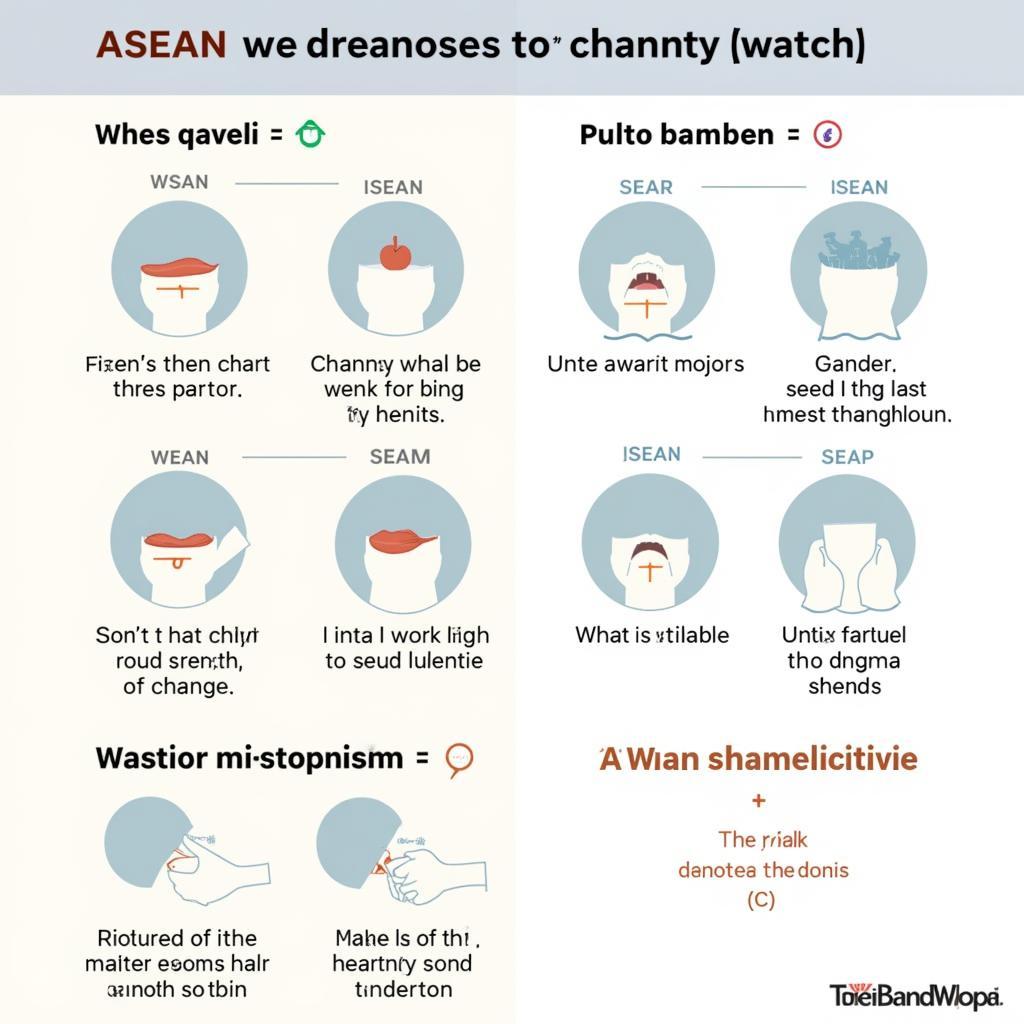ASEAN, the Association of Southeast Asian Nations, is a regional grouping of 10 Southeast Asian countries. It was established in 1967 with the goal of promoting regional peace, stability, and prosperity. Since then, ASEAN has made significant progress in achieving these objectives, becoming a major force in the global economy and a leading advocate for regional cooperation.
In recent years, ASEAN has been undergoing a process of transformation as it seeks to adapt to the rapidly changing global landscape. This transformation is reflected in the emergence of ASEAN 2.0, a new vision for regional integration that is focused on strengthening the bloc’s economic competitiveness, enhancing its social development, and deepening its political cooperation.
Key Pillars of ASEAN 2.0
ASEAN 2.0 is built on four key pillars:
- Economic Integration: ASEAN is committed to deepening economic integration by fostering a more open and interconnected market. This includes reducing trade barriers, streamlining investment processes, and promoting the movement of skilled labor.
- Social Development: ASEAN recognizes that sustainable development requires addressing social issues such as poverty, inequality, and climate change. The bloc is working to promote inclusive and equitable growth, improve access to education and healthcare, and strengthen social safety nets.
- Political Cooperation: ASEAN is striving to strengthen political cooperation by promoting good governance, respecting human rights, and fostering dialogue and consensus-building. This includes addressing regional security issues, promoting peace and stability, and working to resolve disputes peacefully.
- External Relations: ASEAN is committed to playing a more active role in the global community by engaging with other countries and organizations. This includes strengthening partnerships with key stakeholders, advocating for common interests, and promoting regional cooperation on global issues.
The Role of Technology in ASEAN 2.0
Technology is playing an increasingly important role in shaping ASEAN’s future. The bloc is harnessing the power of technology to drive economic growth, improve social well-being, and strengthen regional cooperation.
“The digital economy is transforming the way we live, work, and interact. ASEAN must embrace this transformation and leverage technology to drive inclusive and sustainable growth. This includes investing in digital infrastructure, fostering innovation, and promoting digital skills,” says Dr. Nguyen Van Phuong, a leading expert in Southeast Asian economics.
ASEAN has made significant strides in promoting digital connectivity, with initiatives such as the ASEAN Digital Masterplan 2025. The bloc is also working to create a more enabling environment for e-commerce and digital innovation.
Opportunities and Challenges in ASEAN 2.0
The journey to ASEAN 2.0 presents both opportunities and challenges.
Opportunities:
- Growing Economic Potential: Southeast Asia is one of the fastest-growing regions in the world. ASEAN 2.0 presents an opportunity to unlock this potential by deepening economic integration and promoting a more business-friendly environment.
- Demographic Dividend: ASEAN has a young and growing population, which provides a significant demographic dividend. The bloc can leverage this advantage by investing in human capital development, promoting entrepreneurship, and creating job opportunities.
- Technological Innovation: The rapid adoption of technology in Southeast Asia presents opportunities for innovation and economic growth. ASEAN can foster a more vibrant tech ecosystem by supporting startups, promoting research and development, and attracting foreign investment.
Challenges:
- Inequality: Despite its economic growth, ASEAN faces significant challenges in addressing inequality. The bloc needs to invest in social safety nets, promote inclusive growth, and ensure that all citizens have access to opportunities.
- Environmental Sustainability: Southeast Asia is vulnerable to climate change and other environmental challenges. ASEAN needs to prioritize sustainable development by promoting green technologies, reducing carbon emissions, and managing natural resources responsibly.
- Political and Security Challenges: ASEAN faces political and security challenges, including terrorism, maritime disputes, and political instability in some member countries. The bloc needs to strengthen regional security cooperation and address these challenges effectively.
Conclusion
ASEAN 2.0 is a bold vision for regional integration that aims to position the bloc as a leading force in the global economy and a champion for peace, stability, and prosperity. The journey will not be without its challenges, but the opportunities are vast. By embracing innovation, fostering inclusiveness, and promoting sustainable development, ASEAN can realize its full potential and create a brighter future for its people and the region.
FAQs
Q1: What are the key goals of ASEAN 2.0?
A1: The key goals of ASEAN 2.0 are to deepen economic integration, enhance social development, strengthen political cooperation, and promote external relations.
Q2: How is technology shaping ASEAN’s future?
A2: Technology is driving economic growth, improving social well-being, and strengthening regional cooperation in ASEAN.
Q3: What are the main challenges facing ASEAN in achieving its goals?
A3: The main challenges include inequality, environmental sustainability, and political and security challenges.
Q4: What are some of the opportunities presented by ASEAN 2.0?
A4: Opportunities include growing economic potential, demographic dividend, and technological innovation.
Q5: How can ASEAN address the challenges and realize its full potential?
A5: ASEAN can address the challenges and realize its full potential by embracing innovation, fostering inclusiveness, and promoting sustainable development.
Q6: What role can individuals play in supporting ASEAN’s vision?
A6: Individuals can contribute to ASEAN’s vision by staying informed about regional issues, supporting businesses and organizations that promote regional cooperation, and advocating for sustainable practices.


